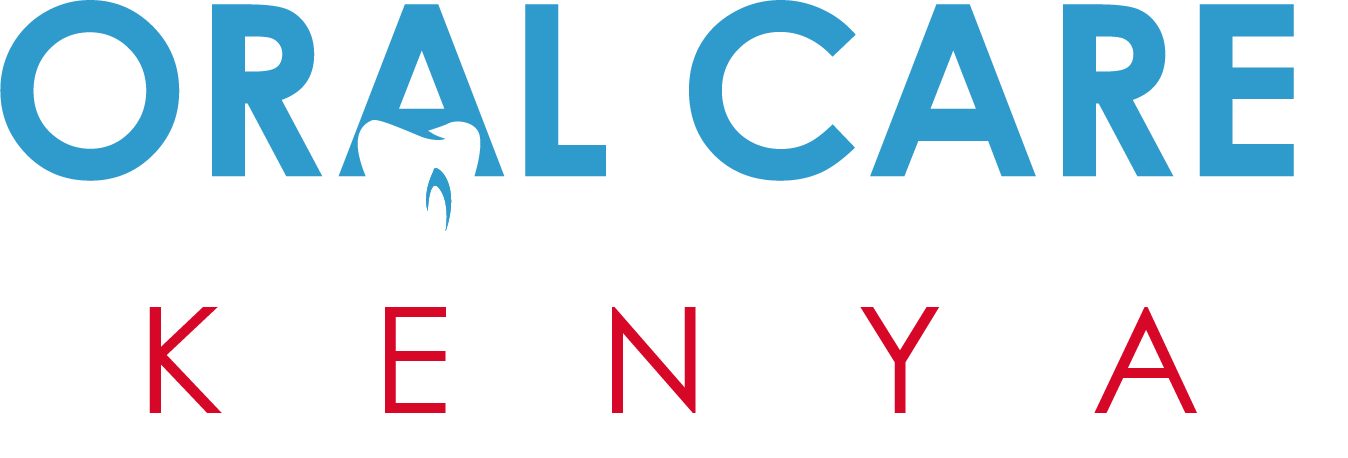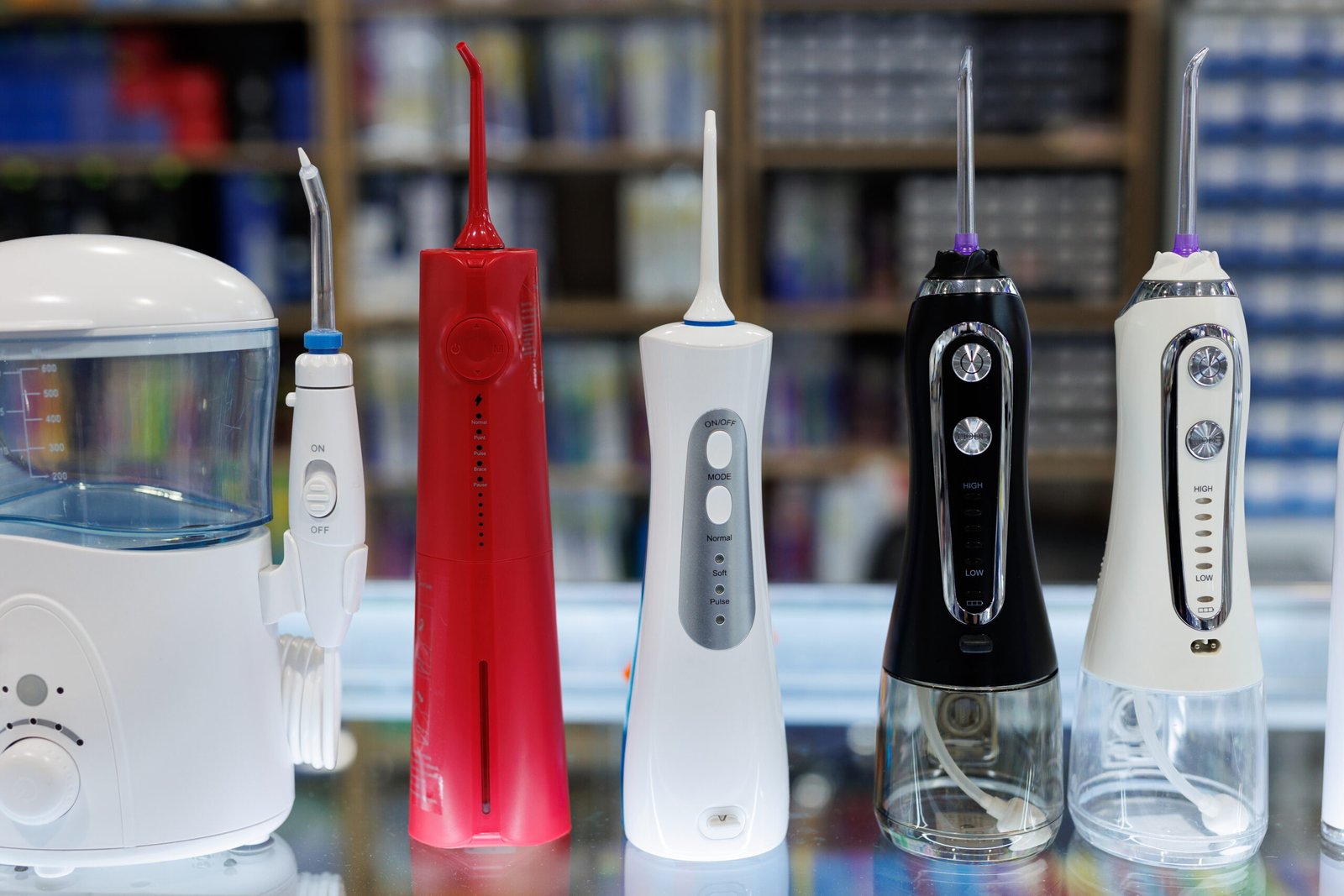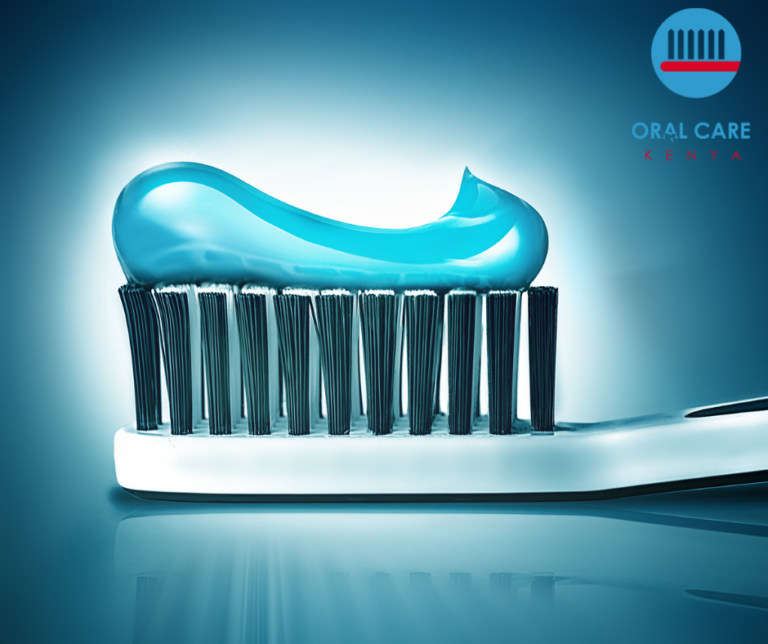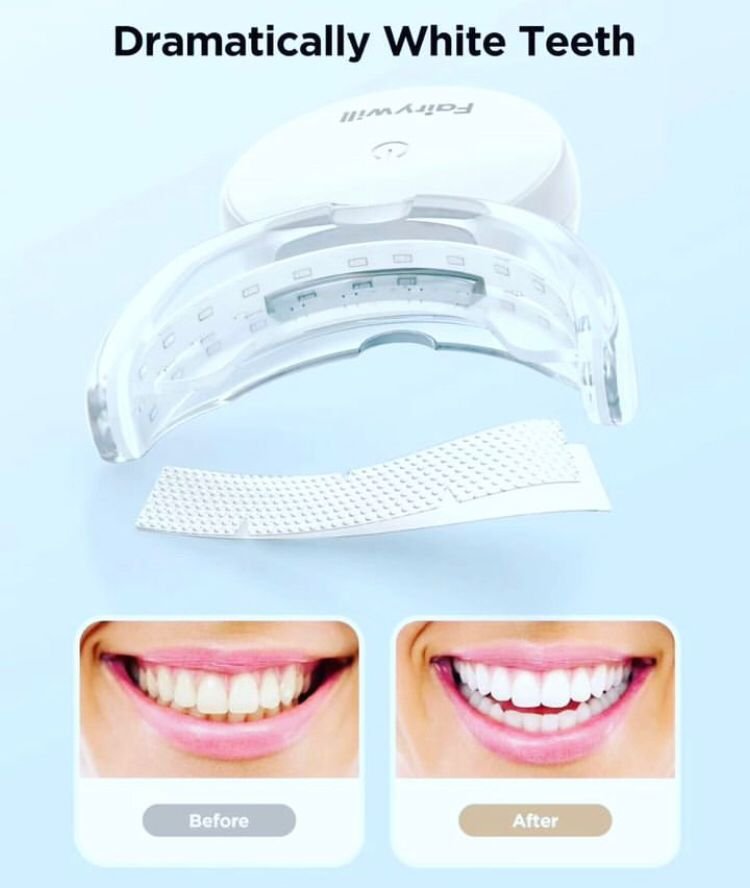It is always lovely to have the little ones running around and bringing along their cheer and beautiful positive spirit around adults who are caught up with life’s challenges. But have you been in a situation where the cute little one runs to you for a hug, as they smile and giggle only for you to frown upon the smell of their breath?
Well, that happens and the truth is, not even the young ones are exempted from good dental hygiene. The fact that oral health is linked to our overall health, it is then important to start teaching kids at an early age, about taking good care of their dental hygiene.
Did you know that infants are born with their entire set of 20 primary teeth which exist below the gum line in the lower and upper jawbones? Therefore, it is actually possible for babies to develop tooth decay even before the first tooth emerges.
A child’s first teeth begins to come through at around the age of about 6 months and as soon as this happens, the risk for developing cavities increases and so the condition of a baby’s oral health can possibly affect his or her adult smile.
To get the toddlers to cooperate every time might prove to be an uphill task and may take some time and effort on your part as a parent. However, a healthy smile and strong oral health for your child will be worth it in the long run.
So when is the right time to start brushing your child’s teeth?
Good oral hygiene should start when the child is still an infant. When the baby has finished feeding either breastmilk or formula, you start by wiping down their gums using a clean moist washcloth. Getting a baby into this routine and establishing a foundation, makes oral care easier as they grow older.
As the baby grows, starts teething and solid food has been introduced as part of their meals, you can then start using a finger brush. The brush is made of rubber, has soft bristles and easily slips into an adult’s index finger. You should then gently rub the brush against the baby’s gums and around emerging teeth.
A soft-bristled, infant-sized toothbrush and a tiny smear of fluoride toothpaste, no larger than a grain of rice, can be used when the baby’s first tooth fully erupts.
It is important to schedule the first visit with a pediatric dentist when the child turns one year old. The dentist will make sure the child’s little teeth and gums are healthy and their development is on track and at the same time help your child build a rapport with the dentist and get used to the dental office.
Let’s explore a few oral hygiene practices for your toddler to keep those cavities away:
1. BRUSHING:
Brush your infant’s teeth at least twice a day, most importantly, before bed. When the child is around the age of 1 or 2, start using a soft child-size toothbrush while adding a rice-sized amount of infant fluoride toothpaste.
Fluoride is an important ingredient in a toddler’s toothpaste. It is a naturally occurring mineral that binds to the tooth’s structure making your toddler’s teeth more resistant to the cavity-causing acids attacks from plaque. In young children, fluoride actually gets incorporated into the permanent teeth for long-term benefits.
Brush your baby’s teeth for up to 2 minutes, depending on how many teeth they have. This is the time to help your toddler learn how to spread the toothpaste among their teeth, gums, and tongue.
Teach the child the proper tooth brushing technique that is using a gentle up and down motion, making sure to reach the gum line.Allow them to try to have a go at it on their own once they have learnt the skill. Make sure that they:
- Use short strokes
- Brush the front, back, and top of teeth
- Brush their tongue
- Spit out the toothpaste when they are done
- Rinse out their mouth when finished brushing
2. FLOSSING:
Flossing is also key in maintaining good oral hygiene for your child. As the child grows, the teeth will develop and will be close together such that flossing is needed. It is then important to teach the child to floss at least once a day. Floss that comes on a handle is preferred as it makes it easier.
Plaque build-up is as a result of lack of effective brushing and flossing and is one of the leading causes of tooth decay in children. Flossing helps get rid of the plaque between the teeth and along and under the gum line that can’t be reached with a toothbrush.
3. RINSE AFTER EATING:
It may be tedious to have your toddler brush teeth after every meal or snack (unless it is at night) so encouraging them to rinse with water after eating or drinking is a great idea. It helps wash away food debris and bacteria and before they sleep, they then get to brush their teeth hence maintaining good oral health.
4. REGULAR CHANGE OF TOOTHBRUSH:
Most dentists recommend replacing a toothbrush every 3 months as a toothbrush becomes less effective at removing plaque and calculus from your tooth as it gets old. For a toddler’s toothbrush which may be more prone to sucking and chewing, it may not make it to 3 months sp there would be a need to replace the toothbrush earlier on if the bristles are worn, flat, or splayed looking.
5. OFFER A WELL ROUNDED HEALTHY DIET:
A diet high in sugar and starches, is a another known cause of tooth decay in children because the bacteria in the mouth feeds on these sugars and starch and they release acids that eat away at the tooth enamel.
The sugary treats, sticky foods and simple carbohydrates like crisps and white bread should be given to the toddlers in moderation. If your toddler does have sugar, make sure they brush their teeth afterward.
The better option is to encourage kids to eat a healthy diet with lean proteins, colorful fruits and vegetables, complex carbohydrates, healthy fats and adequate calcium for teeth.
6. ENCOURAGE YOUR TODDLER TO DRINK PLENTY OF WATER:
Good oral hygiene can be achieved by encouraging your little one to drink water throughout the day. A dry mouth can promote plaque build up so it is important to help your toddler to develop good water drinking habits such as drinking water when they wake up, carrying a water bottle to school, and keeping water handy in the car or as you move about with the child.
7. TEETH ARE ONLY FOR CHEWING:
Teach your toddlers that their teeth are only for chewing food! They should never use their teeth to break, open, or tear anything other than food! As a parent there is a need to set a good example so no opening objects with your mouth either.
8. SCHEDULE REGULAR DENTAL VISITS:
As the toddler is growing it is of utmost importance to schedule visits to the pediatric dentist so that they can ascertain that the child’s dental and facial development are on track, check for cavities and other concerns, determine if their teeth and gums are healthy and evaluate any oral habits.
Regular check-ups help identify any problems with the child’s overall dental health and offer remedies in good time.
As a parent, you may have issues keeping your toddler interested in maintaining healthy dental hygiene. So how do we make it fun for the kids?
– Routine: Begin on a routine because when you have this, it becomes second nature and it’s more likely to be done each day. Choose a routine that works well for the toddler and have them stick to it each day.
– Timer: Set timers like a race. Have your toddler brush their teeth really well or race by setting a 2-minute timer. Always ensure to check the toddler’s progress with gingivitis tablets (these can be gotten from the pediatric dentist) that turn colors to help them see how good they are brushing during their 2 minutes.
– Switch up the Routine: In order to keep the toddler interested and focussed in brushing their teeth, you can change up how they do their oral care routine. You can play the toddler’s favourite 2 minute song, create a fun brushing song or play.
– Buy cute toothbrushes, toothpastes and/flosses: You can also get your toddler a toothbrush with their favorite character on it to keep oral hygiene products interesting and colorful! Also, allow them to pick their toothbrush and toothpaste which may be in their favorite color or character.
– Show them how it’s done. Brush your teeth while they brush theirs and teach them why it’s important. If it’s a family affair, everyone is likely to stick to the routine and follow through with good oral hygiene.
– Reward good oral hygiene habits. When your toddler does a good job at brushing or flossing (or does it at all) come up with a reward system. You could introduce a sticker chart that they add to or have them earn points towards a small toy or privilege each week.
– Read books or watch videos that talk about dental hygiene.
Teaching a toddler to practice good oral hygiene and talking about oral health from an early age will encourage the child to develop excellent habits that can last a lifetime.






